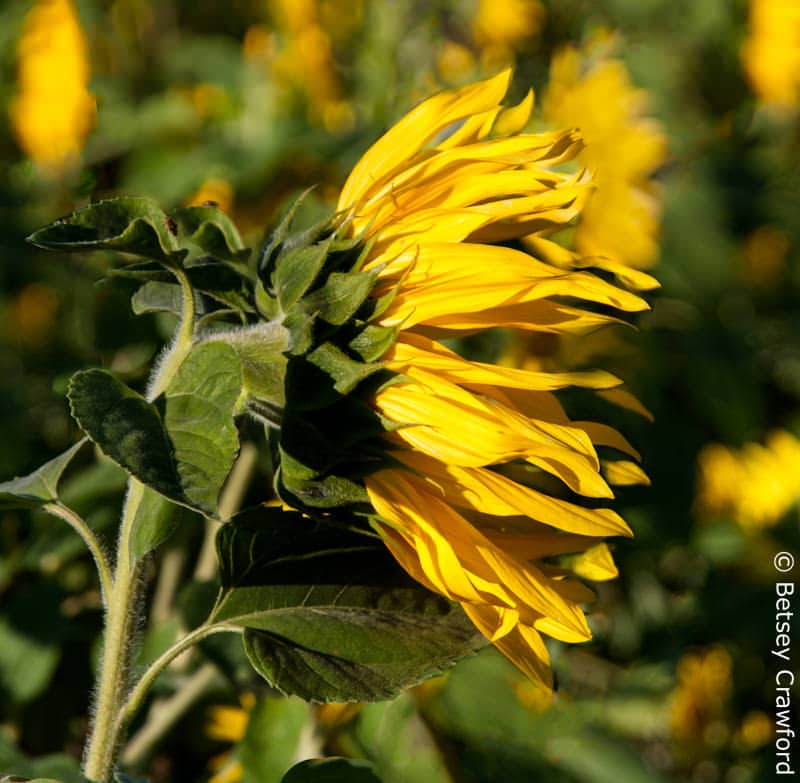 I took the picture above six years ago this month, standing in a field of sunflowers on Cape Breton Island on the east coast of Canada. It was the first place we went when we started the journey that has taken us to so many wonderful places. I’ve never forgotten the joy of standing in that field, completely surrounded by the happiest of flowers, growing with wild abandon toward the August sun.
I took the picture above six years ago this month, standing in a field of sunflowers on Cape Breton Island on the east coast of Canada. It was the first place we went when we started the journey that has taken us to so many wonderful places. I’ve never forgotten the joy of standing in that field, completely surrounded by the happiest of flowers, growing with wild abandon toward the August sun.
With almost 24,00o species, the Asteraceae family is vast and exuberant. It’s literally everywhere you go, except Antarctica. The accompanying photos range from Alaska to the Anza Borrego Desert in southern California. They reflect one of the family’s strengths: the ability to thrive in many different environments, whether hot or cold, dry grassland or wet marsh, in alpine meadows or among desert cactus. Some are important commercially: sunflower, safflower and canola oils. Camomile and echinacea tea. Artichokes, lettuce, tarragon, radicchio, endive. One shrub even produces a form of latex. The horticultural market depends on many of them.
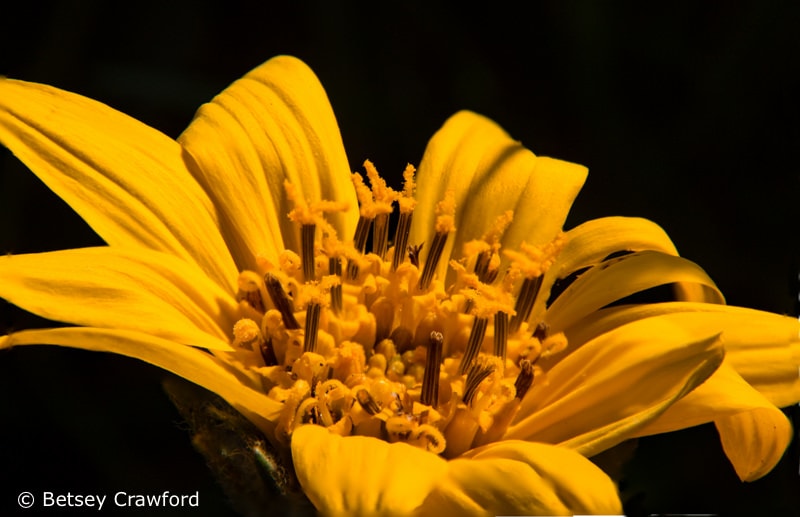
The most familiar asteraceae configuration is the sunflower and its relatives: a central circle of disk florets, surrounded by a crown of ray florets that look like and act like petals, attracting insects to pollinate themselves as well as the less showy disk flowers. The family name comes from these composite forms: aster derives from the Latin word for star. But there are a variety of other structures. Some, like the thistle and the arnica below, are discoid, with disk but no ray flowers. Others, like the dandelion, are ligulate, with no disk flowers and ‘petals’ of strappy ligules.
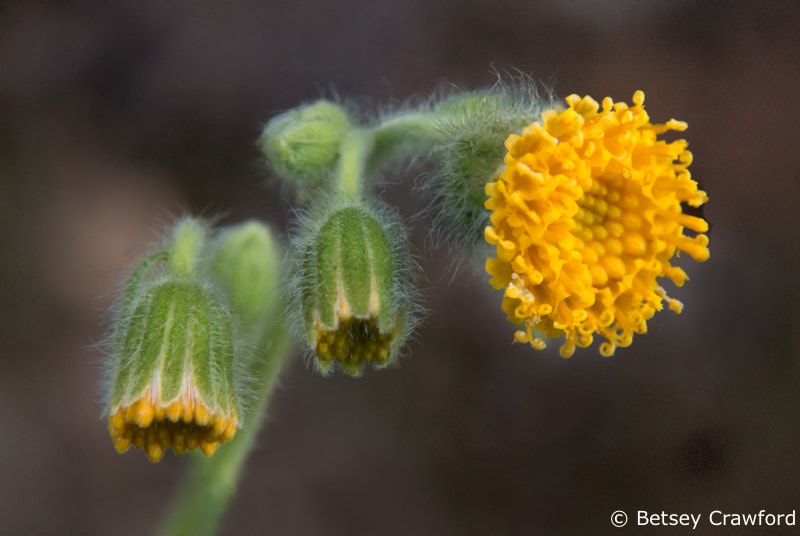
As a group, they tend to develop a fluffy seed head, a pappus of filaments that originally surround the base of the ovary, and grow longer as the flower goes to seed. With their feathery attachments, seeds are easily dispersed by wind, which helps account for the ubiquity of yarrow, fleabanes, dandelions, asters and other family members. Some seeds have hooks on them and spread out by attaching themselves to animal fur or clothing.
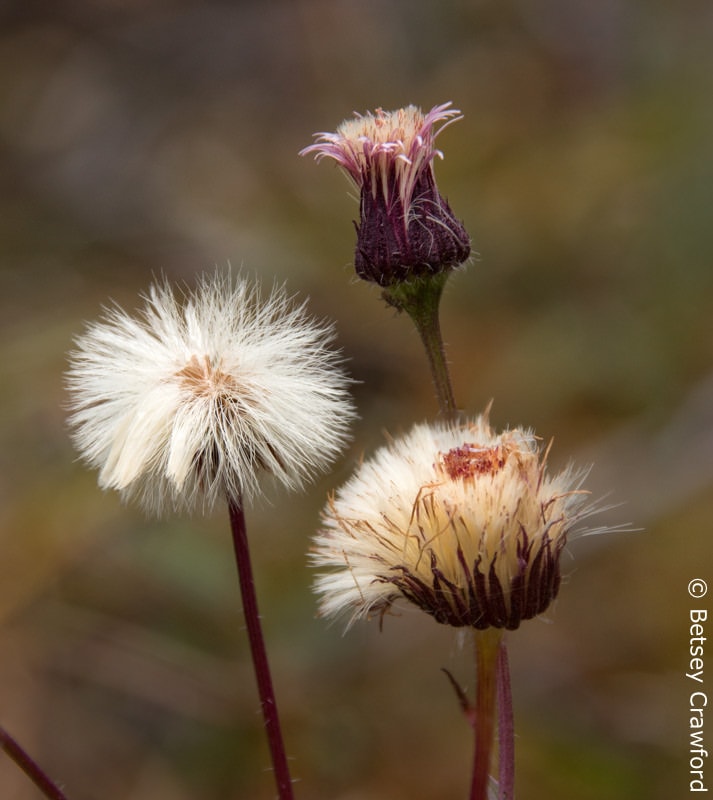
What looks like an individual flower is an inflorescence, a bowl-, vase- or cone-shaped capitulum, holding its lovely arrangement of hundreds of ray and disk florets. The capitulum is held by green bracts, or phyllaries, sometimes many layers of them, constituting an involucre. When you eat the bud of an artichoke flower, you peel off, dip in melted butter, and then eat one phyllary after another, until you get to the heart, which is the capitulum containing the disk flowers. The phyllaries can be plain or beautifully sculptural. Their differences, in number, shape and position, are often a key to identifying close species.
Analysis of fossil pollen found in Antarctica dates the Asteraceae to 80 million years ago, when the continent was still part of Gondwana, before it floated south to the icy pole. Species were lost during the K-T extinction, which killed the dinosaurs around 66 million years ago. But those that survived thrived and multiplied during the great flowering of the warm Late Paleocene and Early Eocene epochs, as did every other plant family. The asteraceae in turn benefitted their pollinating insects, and were especially important to the evolution of bee species.
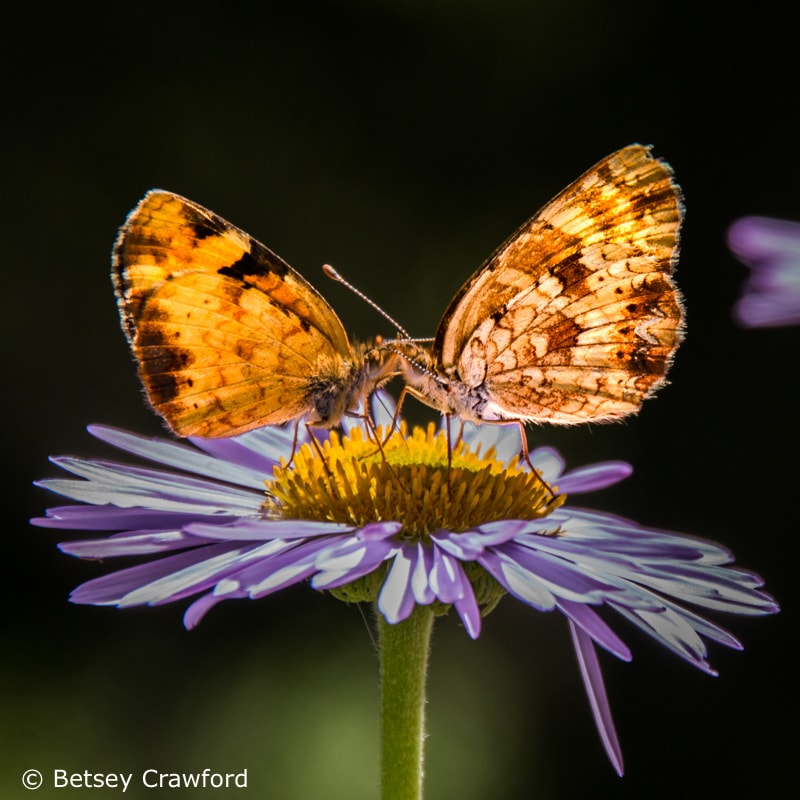
They are a pollinator’s dream: one landing, up to 1,000 flowers. The sunflower, our biggest and most dramatic North American native asteraceae, dedicates a most intriguing and charming trait to bees and other pollinators. It starts with buds and young flower heads, still covered with their green, photosynthesizing bracts, following the sun over the course of the day. At night, they work their way back toward sunrise, moving faster near the solstice, and more slowly as the nights grow longer.
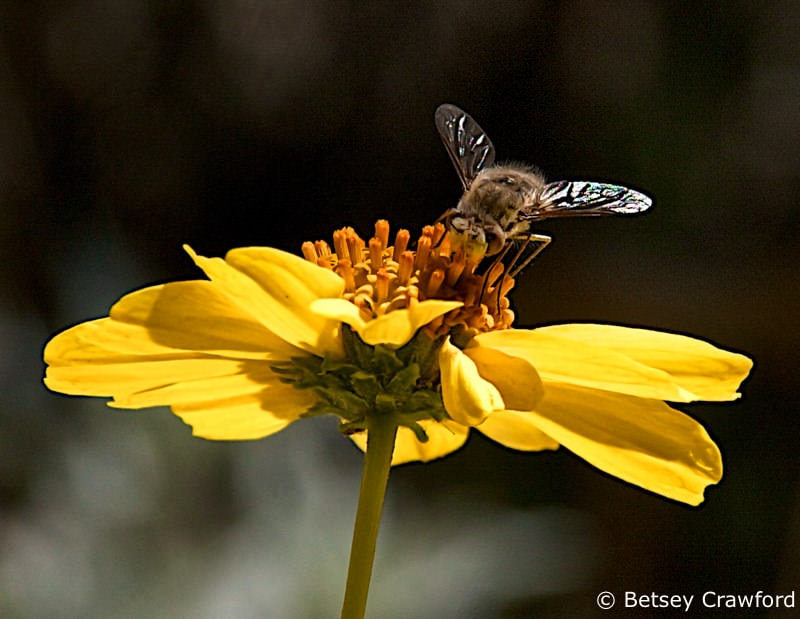
This cirdadian heliotropism is driven by growth hormones that spur growth on the east side of the stem during the day, lengthening that side, and tilting the flower head toward the west. At night, another hormone spurs growth on the west side, moving the flower to face east by morning. In experiments that interfere with this sun tracking, plants quickly lose mass and leaf surface, cutting down on photosynthesis and thus vitality and size.
Their sungazing stops at maturity. The ‘clock genes’ turn off, leaving entire fields of sunflower heads facing east. That way they are warmed early in the day, making them five times more likely to be visited by pollinators than experimental plants arranged to face west. And there are lots of pollinators: bees, butterflies, moths, flies, wasps, wind, and, in South America, birds. With their warm, open faces offering almost unlimited opportunity for fertilizing, reproduction becomes very efficient, which explains the diversity and worldwide habitat of the family.
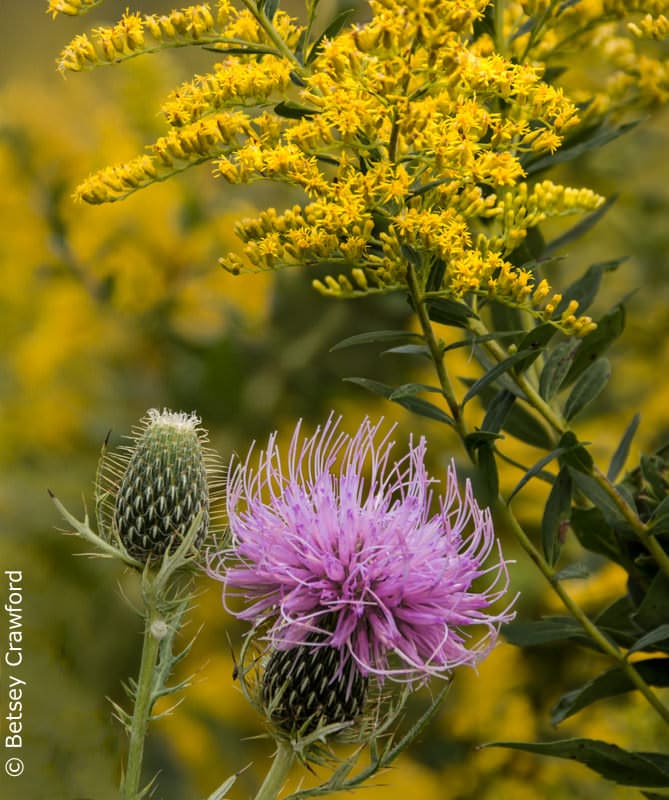
Standing in a field of sunflowers, or prairies of thistles, coneflowers and goldenrods, I am not only surrounded by the sheer exuberance of vividly colored, beautifully shaped flowers, with their attendant bees and butterflies. I am surrounded by a long history of carefully ‘chosen’ evolutionary changes that remain mysterious despite all the genetic information we can now gather about plants. Why so many yellows? And why pink, or white? Why feathery leaves on one family member, big chunky leaves on another? Why is this one so tiny, and this one gigantic? Why a cone on one, a bowl on another? This heavenly exuberance of form and color is a delightful mystery.
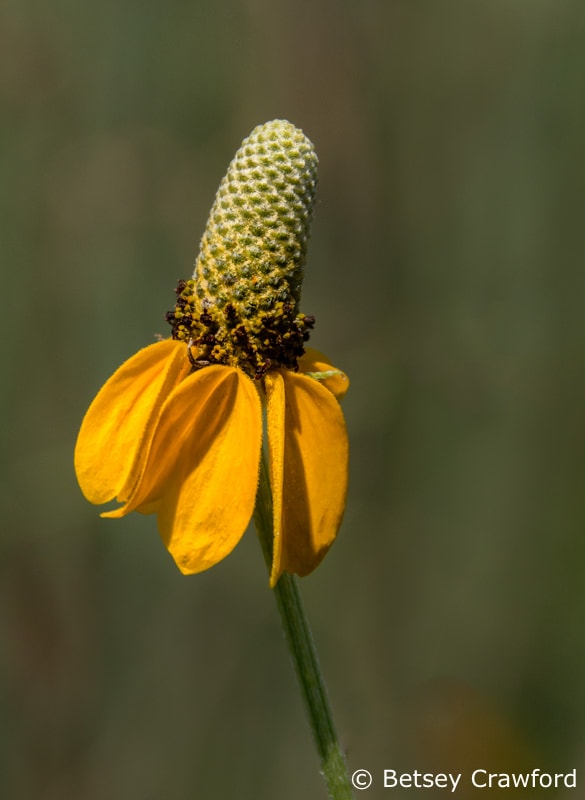
In that sunlit field I’m also surrounded by a form of life — the flowering angiosperms with their nutritious fruits — that may well be responsible for me, a member of a much later species, being able to stand there at all. That nourishment helped my forebears to develop the eyes and consciousness to celebrate the wonder around me. That may even be the point of evolving me at all: a way for the universe to contemplate its glories.
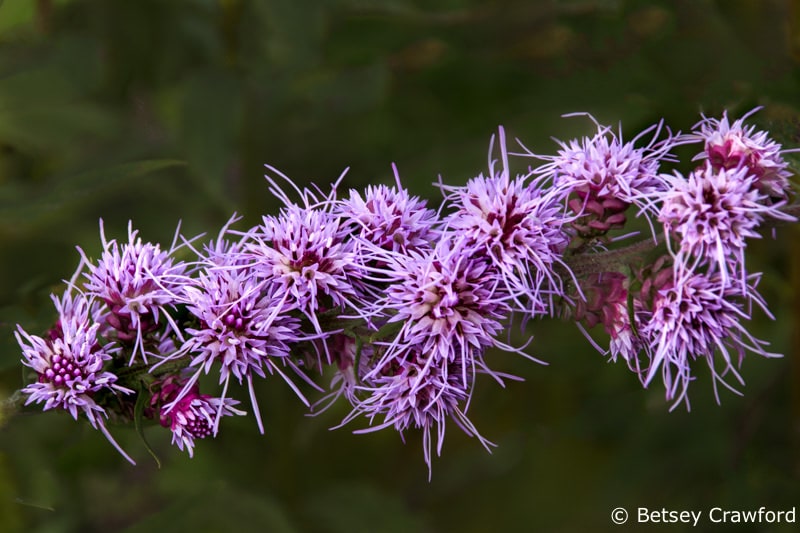
Relishing the sunny warmth of a summer day, drinking in the beauty and vitality of the flowers around me, grateful for our shared history and destiny — these are moments of transcendence that make life rich and fulfilling. Our beautiful world makes them so available, but we too often rush by. Even when we stop, we feel we must quickly return to the practical tasks that make life possible. But our world is always there, waiting to be treasured. Waiting for the eyes and ears it has gifted us with to turn toward these great and beautiful mysteries. “Life is this simple,’ theologian Thomas Merton wrote. “We are living in a world that is absolutely transparent and the divine is shining through all the time.”
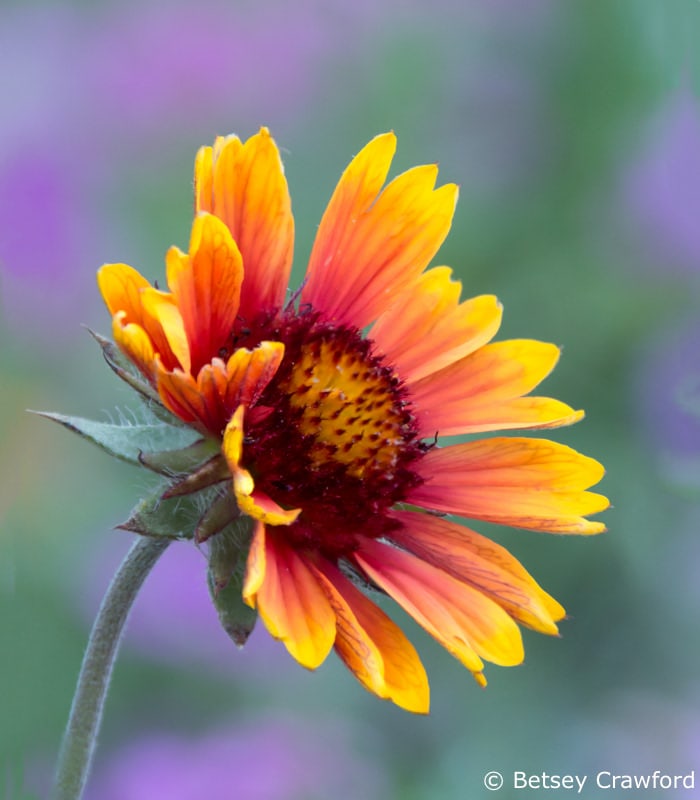
More pictures of this exuberant family can be found in the Asteraceae Gallery.
I’d love to have you on the journey! If you add your email address, I’ll send you notices of new adventures.[madmimi id=178565]
Related posts:
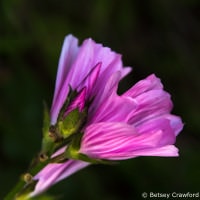
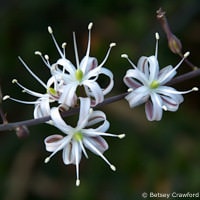
and glory of plant diversity
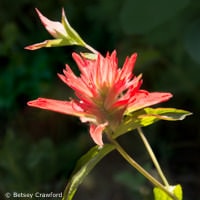
the castilleja genus
Beautiful pictures of flowers and butterfly. That yellow light on the Blanket flower.
Thank you, Daniel! Blanket flower is very satisfyingly photogenic.
Absolutely breathtaking photos. There is so much beauty and magic in the world!
Thank you! And you’re so right, there is so much beauty and magic.
“That may even be the point of evolving me at all: a way for the universe to contemplate its glories” — my favorite line of all of your eloquent, glorious lines!
????????????
Thanks so much, Annie. I can’t believe there’s a sunflower emoji! Trust you to find it.
WHAT A GIFT you possess Betsey, the music of your words truly allows us to recognize “the divine shining through all the time” and I find no words to express adequately the profundity of the beauty reflected to me.
Thank YOU!
And what a gift this beautiful comment is! Thank you, dear friend.